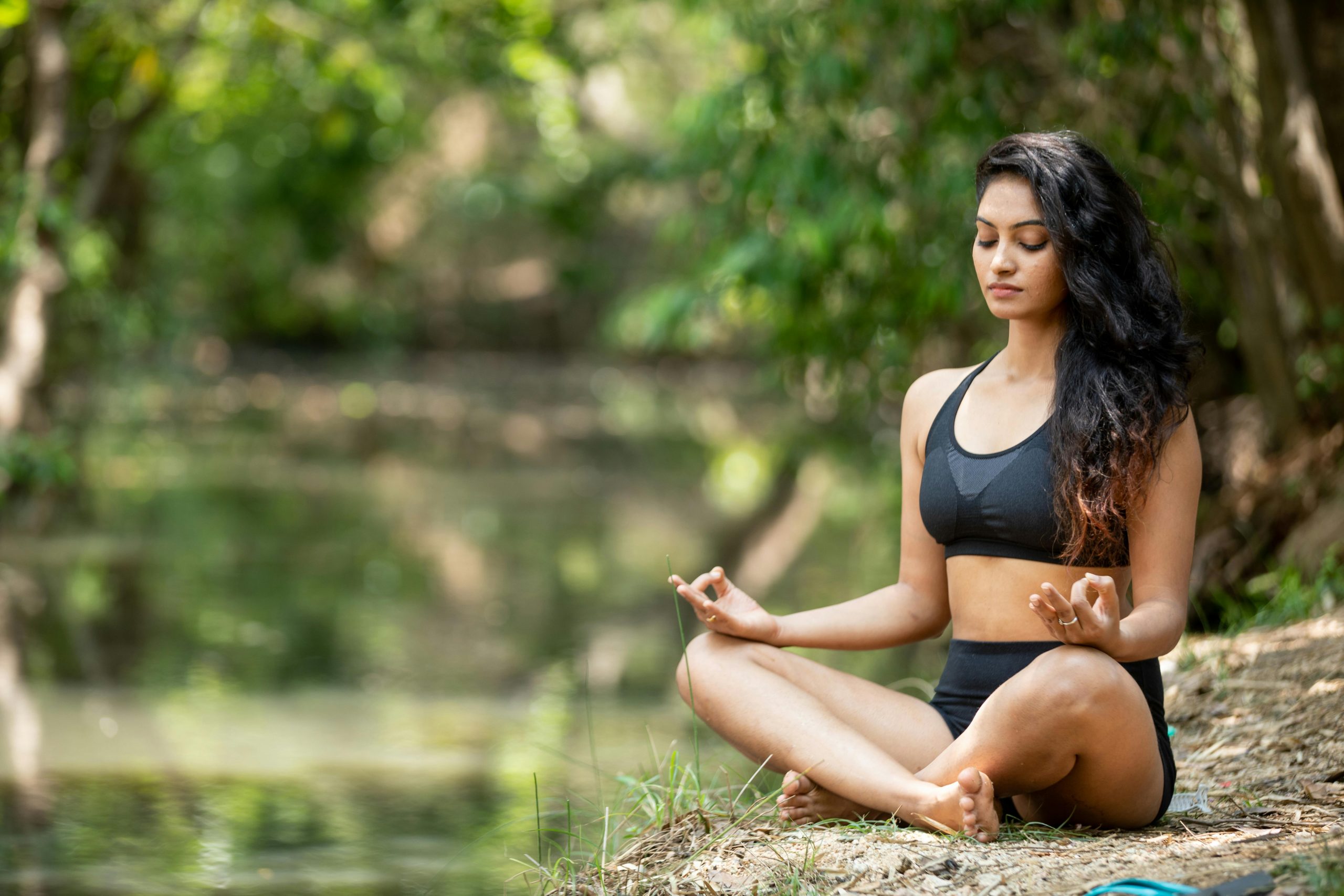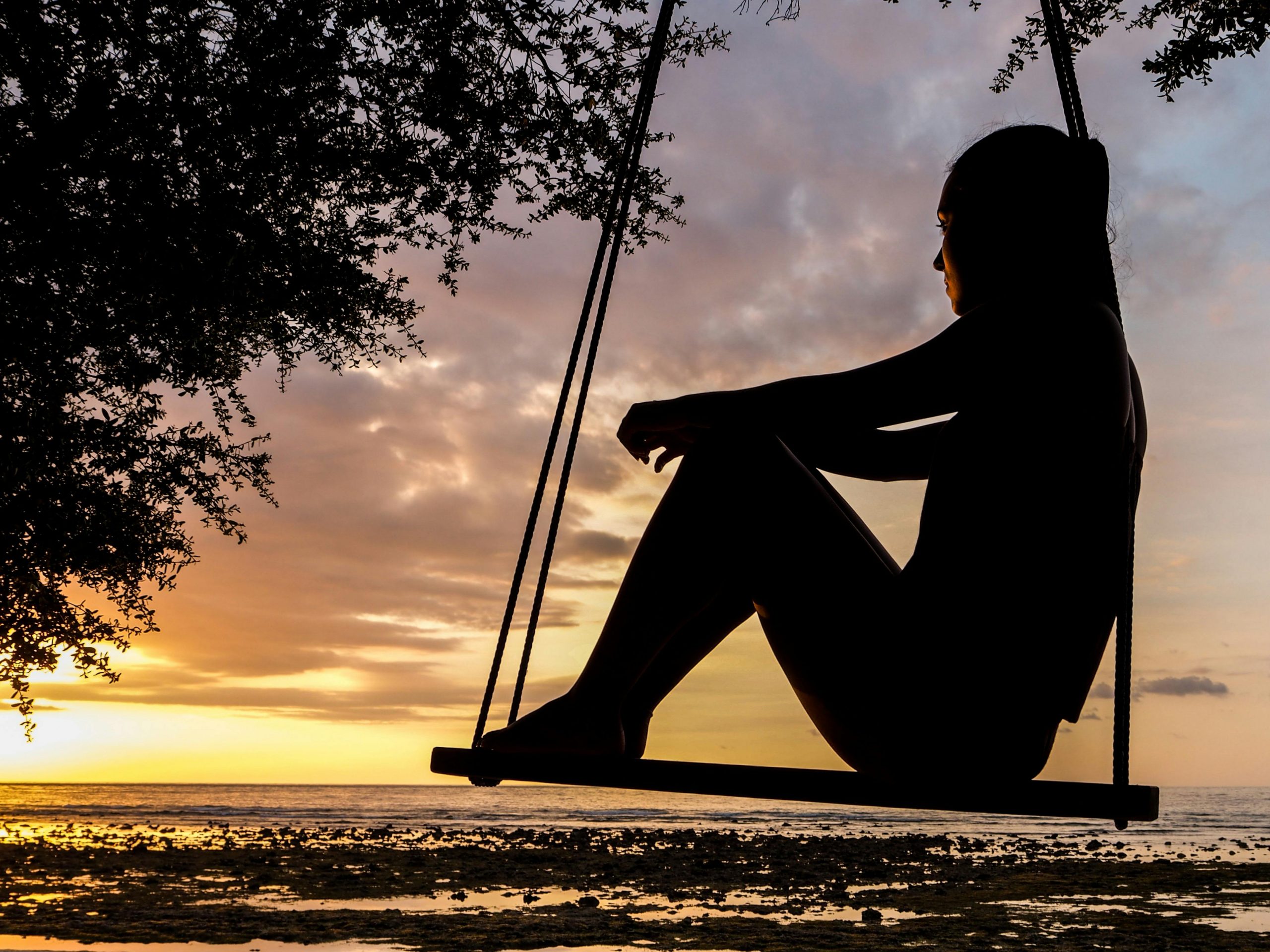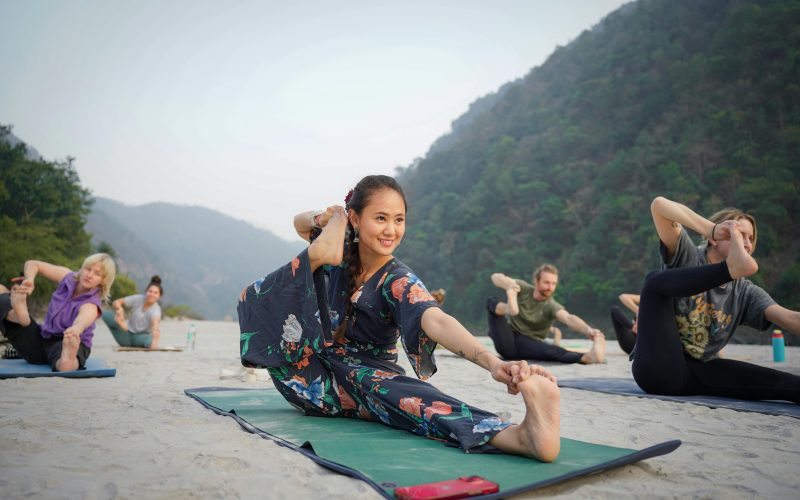
If you’re dreaming of lush jungles, daily yoga, nourishing food, and spiritual rejuvenation, Bali is probably already on your radar. But when is the best time to visit Bali for yoga, healing, and mindful travel? It depends on your personal goals, budget, and how much you want to immerse yourself in the island’s unique wellness culture.
Whether you’re planning your first retreat or looking to deepen your practice, this guide will walk you through the seasons of Bali—both weather-wise and energetically—so you can align your visit with your ideal wellness journey.
What Are Bali’s Main Seasons? (And Why It Matters for Wellness Travel)
Bali has two primary seasons:
- Dry season (April to October)
- Wet season (November to March)
These seasons impact more than just the weather—they shape the pace of life, the number of tourists, and even the types of wellness experiences available.
Dry Season (April–October)
This is the most popular time to visit Bali. Expect:
- Sunny days and low humidity
- Easier travel around the island
- Ideal conditions for outdoor yoga, sunrise hikes, and water-based ceremonies
Wet Season (November–March)
Rain showers are frequent, especially in the afternoons. But that doesn’t mean it’s off-limits.
- Lush, vibrant landscapes
- Fewer tourists, lower prices
- A more inward, reflective energy—perfect for personal healing work
When Is the Best Time to Visit Bali for a Yoga Retreat?

If yoga is your main focus, timing your trip around Bali’s wellness calendar can enhance your experience.
High Season for Yoga Retreats: May to September
- Many of Bali’s top retreat centers, like The Yoga Barn or Fivelements, host international teachers and special workshops during this time.
- The weather is consistent, perfect for outdoor classes and spiritual ceremonies.
- Ubud and Canggu are buzzing with yogis from around the globe, offering a strong sense of community.
Quiet & Soulful: March, October, November
- These shoulder months are less crowded but still pleasant.
- You can often find discounted retreat rates and smaller group sizes.
- Ideal if you want a more intimate, less social experience.
What About Healing and Traditional Balinese Wellness?
Bali’s healing culture isn’t seasonal—local balian (traditional healers) and spiritual guides practice year-round. However, the rhythm of the island and your ability to access deeper experiences can still vary by time of year.
Spiritual Ceremonies and Purification Rituals
- Any time is good to attend a melukat (water purification ritual), but the atmosphere is more peaceful outside of major tourist months (avoid late July and August).
- Visiting sacred sites like Tirta Empul or Gunung Kawi Sebatu is more meaningful when the crowds are thin.
Energy Work, Bodywork, and Detox Therapies
During rainy months (November–March), many travelers choose to go inward with:
-
- Cleanses and juice fasts
- Guided meditation or sound healing
- Ayurvedic and herbal body treatments
The slower pace allows for more grounding and introspection.
When Is Bali Less Crowded for Mindful Travel?

Mindful travel means slowing down, connecting with the local rhythm, and finding moments of stillness. You’ll want to avoid the peak tourist times if this is your goal.
Busiest Times in Bali (To Potentially Avoid):
- Late December to early January (holiday travel spike)
- Mid-July to late August (summer break and European holidays)
- Nyepi (Balinese New Year) – Around March: The whole island shuts down for a day of silence. It’s powerful if planned for, but unexpected if not.
Best Quiet Months for Mindfulness:
- April: Just before high season, everything is starting to bloom and energize.
- October: Dry season is tapering off, and the air feels softer and calmer.
- February: Despite the rain, it’s one of the quietest months and great for self-guided practice.
Is There a “Wellness Energy” in Bali That Changes With the Seasons?
Absolutely. What is Bali known for if not its deep spiritual rhythm and connection to nature? Beyond the weather, the island carries a kind of seasonal energy that many wellness travelers intuitively pick up on. Just like your own inner cycles, Bali seems to move through phases—some more active and outward, others quieter and reflective.
- Spring Vibes (March–May): Rebirth, creative flow, great for setting intentions and diving into transformation.
- Summer Vibes (June–August): Active, social, high-vibration. Perfect for community-based retreats, movement workshops, and networking with other seekers.
- Autumn Vibes (September–November): Reflective, grounding. Great for healing old patterns and integrating what you’ve learned.
- Winter Vibes (December–February): Deep inner work, solitude, and gentle nourishment. Best for detoxes and self-care-focused trips.
When Are Wellness Retreats in Bali Most Affordable?
Wellness retreats vary widely in cost, from luxurious five-star estates to budget-conscious communal retreats. Prices generally reflect the season:
- High Season = Higher Prices (May to September)
- Book early if you plan to visit during this time.
- Book early if you plan to visit during this time.
- Shoulder and Wet Season = Best Value
- November, February, and March often come with promotions or more flexible options.
Many retreat centers offer early bird pricing or low-season discounts, especially for longer stays.
Should You Worry About the Rainy Season in Bali?
Not really—especially for wellness travel. The wet season may not be ideal for beach lounging, but it’s excellent for:
- Deepening your yoga or meditation practice
- Booking indoor healing sessions (reiki, massage, intuitive coaching)
- Exploring Ubud’s spiritual community at a slower pace
- Journaling, goal-setting, and unplugging from constant activity
If you bring a rain jacket, plan for indoor practices, and stay open to the magic of tropical storms, the wet season can be incredibly nourishing.
Best Months Based on Your Wellness Travel Goals
| Your Goal | Best Months to Visit Bali |
| Yoga Retreat | May – September |
| Detox & Cleansing | February, March, October |
| Traditional Balinese Healing | April, October, November |
| Mindful Travel & Nature Immersion | April, October, early December |
| Budget Wellness Experience | February, March, November |
Align the Season With Your Inner Season
The best time to visit Bali for yoga, healing, and mindful travel depends entirely on where you are in your life and what you’re seeking at this moment.
If you’re seeking energy, community, and outward exploration, the dry season offers a vibrant atmosphere and plenty of opportunities to connect. On the other hand, if you’re feeling the need to slow down, reflect, and turn inward, the quieter rhythm of the wet season or the calm of the shoulder months might be exactly what your soul is asking for.
Ultimately, the best time to visit isn’t just about the calendar—it’s about tuning into your own rhythms. Let your inner season guide your timing. No matter when you go, Bali has a way of meeting you exactly where you are—and often, offering what you didn’t even know you were looking for.
